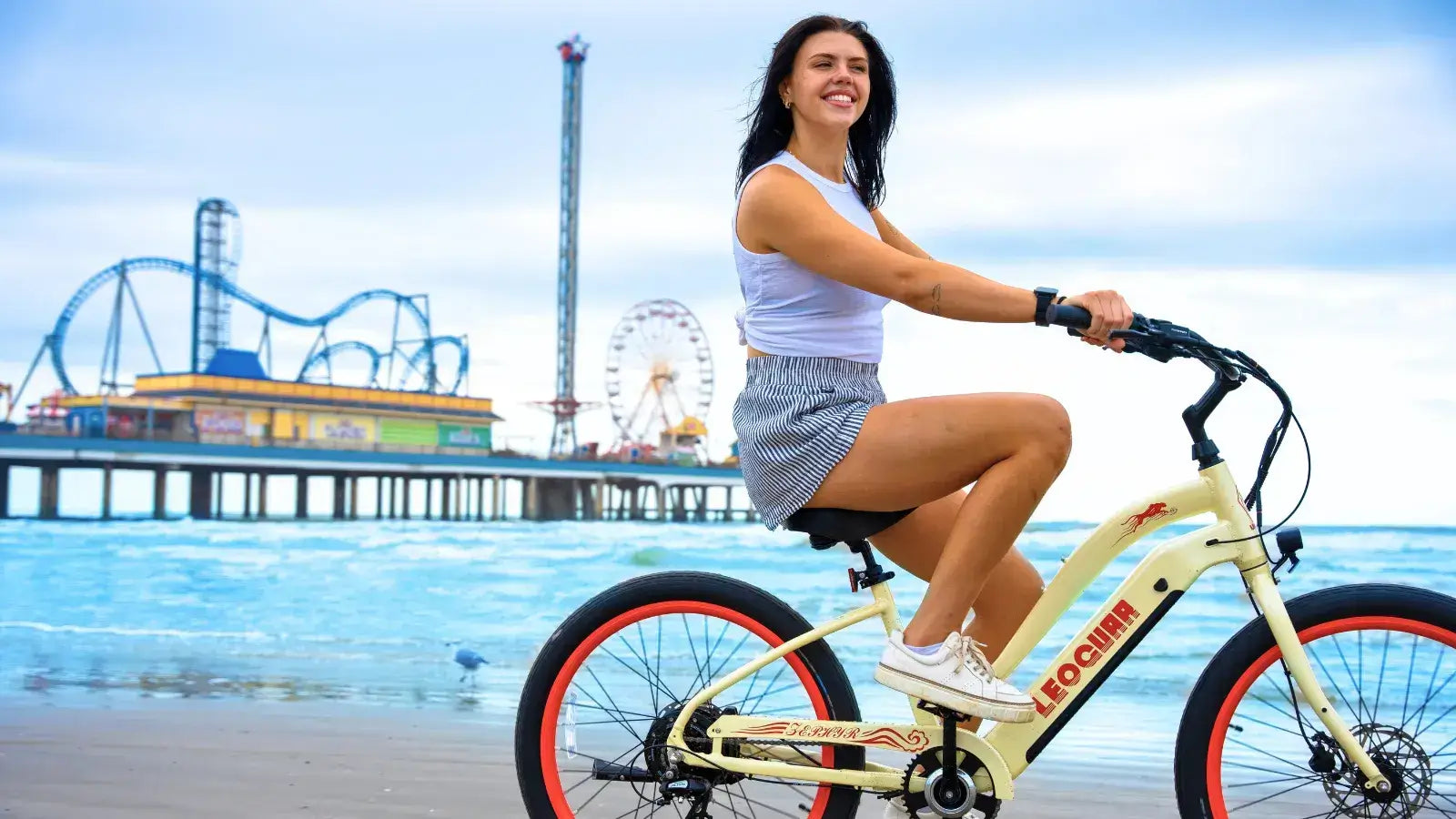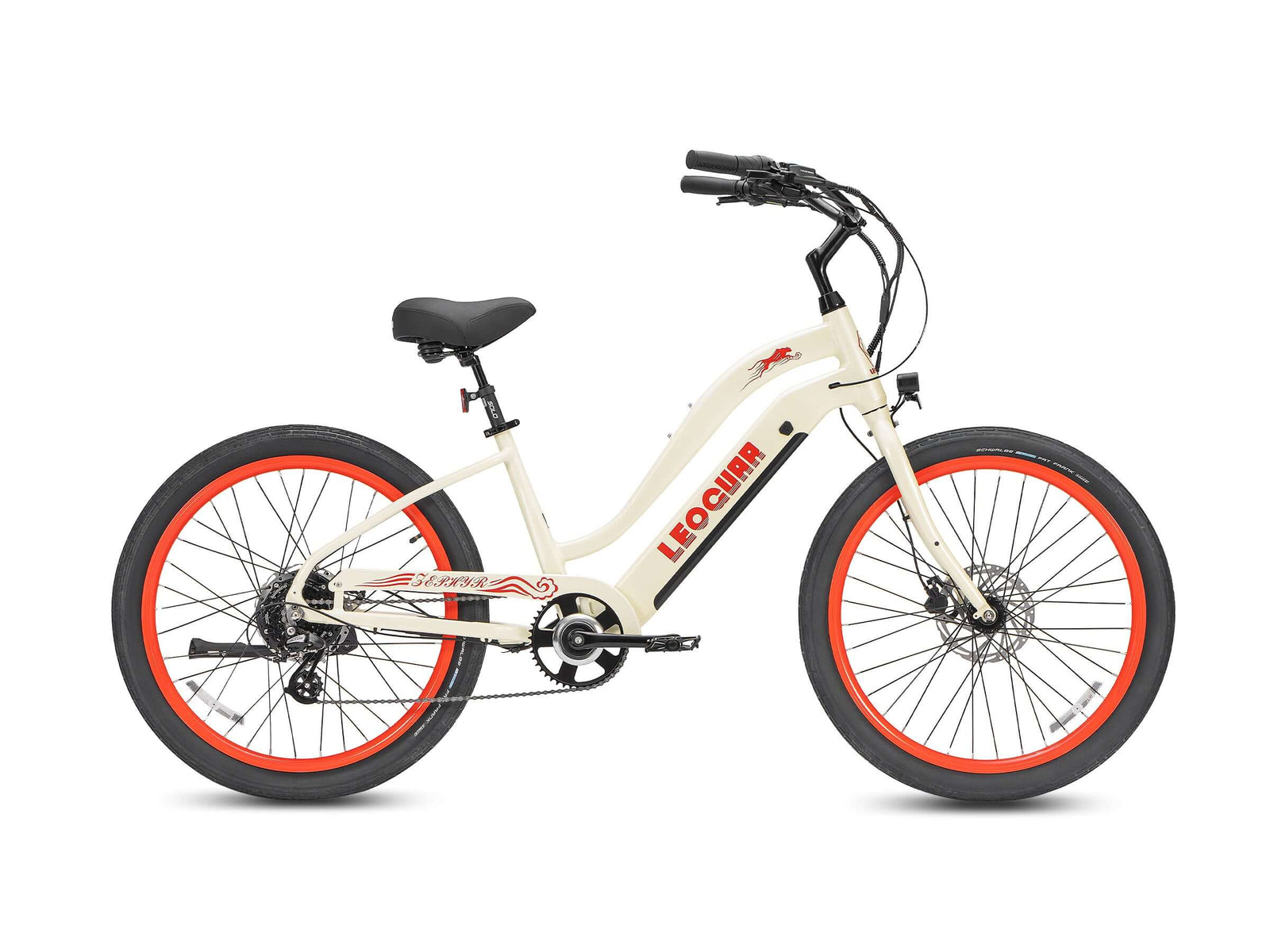
Bike Saddle Comfy Explained: How the Right Seat Changes Every Ride
A painful saddle can ruin any beautiful ride. If you've ever ended a ride early because of pain, numbness, or chafing, you know how annoying it can be. This problem happens to many cyclists. But you can fix it completely. Finding a truly bike saddle comfy experience changes everything, turning cycling from something you have to do into something you want to do.
The secret to a comfortable bicycle seat isn't just buying a "softer" one. It's about learning a complete "Comfort System" that includes your body, how you ride, and the right gear. This guide will teach you everything you need to know.
The Great Comfort Myth
Let's fix the biggest wrong idea first: a softer, squishier saddle usually causes problems instead of solving them. A plush, wide saddle might feel good for the first five minutes, but it often hurts on longer rides.
The problem comes from what we call the "sinking feeling." Too much soft padding lets your sit bones sink deep into the saddle. These are the two bony points at the bottom of your pelvis. When this happens, the padding pushes up into the area between your sit bones. This puts constant pressure on nerves and soft tissue, causing numbness, sharp pain, and chafing.
Think about this: would you rather sit on a deep, soft couch or a firm office chair for eight hours? The couch feels great at first, but soon you'll be moving around trying to find support. The firm chair supports your bones and prevents pain over time.
A good saddle works the same way. The goal is support, not squish. Expert advice from Bicycling Magazine confirms that a supportive saddle that spreads pressure well beats a squishy one that doesn't. A good saddle supports your sit bones and lifts sensitive areas away from pressure.

The Saddle Comfort System
Lasting comfort doesn't come from just one product. It comes from getting four key parts to work together. We call this the Saddle Comfort System. Instead of just asking "what saddle should I buy?" this system helps you find your specific problems and build a complete solution.
- The Rider (Your Body): Your body is the base. We'll look at sit bone width and how you sit when riding.
- The Saddle (The Equipment): This connects you to the bike. We'll explain shapes, widths, and materials.
- The Bike (The Setup): How you position the saddle matters as much as the saddle itself. We'll cover height, tilt, and forward/backward adjustments.
- The Gear (The Clothes): This is your final protection against pain. We'll talk about why padded cycling shorts are essential.
Pillar 1: Know Your Body
Before you can pick the right equipment, you must understand yourself. Your unique body is the plan for your perfect saddle.
Sit Bone Basics
The main job of a comfortable bicycle seat is to give your sit bones a stable place to rest. If the saddle is too narrow, your sit bones will hang off the sides, putting all your weight on the area between them. If it's too wide, it can rub against your inner thighs. Matching saddle width to your sit bone width is the first and most important step. You can measure this roughly at home.
- Find a piece of cardboard or aluminum foil and place it on a firm, low chair or step.
- Sit on it, lean forward slightly like you're riding, and lift your feet. This will press your sit bones firmly into the surface.
- Stand up. You should see two clear dents.
- Measure the distance between the centers of these two dents in millimeters.
This is your sit bone width. Most people add 15-25mm to this number to find their ideal saddle width. This accounts for some tissue and movement. Saddle widths usually range from 130mm to over 160mm. Matching this to your sit bones is crucial.
Your Riding Position
How you sit on the bike greatly changes where pressure goes.
Upright/Casual: On cruisers, hybrids, and many e-bikes, you sit very upright. Your body is nearly vertical, and most of your weight rests directly on the back of your sit bones. This position often needs a wider, sometimes more cushioned saddle to support that direct weight.
Forward/Performance: On road, gravel, and mountain e bikes, your position is more aggressive. You bend at the hips and rotate your pelvis forward. This moves pressure from the bottom of your sit bones to the front of them and onto other bone structures. This forward-leaning position is why many performance saddles are narrower and often have a central cutout or channel to reduce pressure.
As bike fit experts explain, your bike fit and position must be considered first before picking a saddle.
Pillar 2: Understanding the Saddle
With knowledge of your body, you can now judge saddles like a pro. You can translate their features into real comfort benefits.
Shape and Profile
- Width: This should be your main filter. Start with saddles that match your measured sit bone width plus the right buffer for your riding style.
- Curve (Profile): Saddles come in three basic shapes.
- Flat: Best for aggressive riders who move around on the saddle a lot, changing positions for climbing, sprinting, and cruising.
- Waved: Has a clear dip in the middle and a raised tail. This shape helps keep you in one optimal position and is great for riders who like to feel "locked in."
- Rounded: Very curved from side to side. This shape can be good for larger riders or those who rock their hips while pedaling, as it reduces edge rubbing.
- Cutouts and Channels: These features reduce pressure on the area between your sit bones, which improves blood flow and reduces numbness. This is especially important for riders in forward-leaning positions and is backed by scientific studies on cycling-related issues. A long central channel or a complete cutout can be the difference between a painful 20-mile ride and a comfortable 100-mile ride.
Padding and Materials
Here, we return to our "support, not squish" rule. The material and thickness of the padding are critical.
| Material | Best For | Pros | Cons |
|---|---|---|---|
| Foam | All-around use, budget-friendly | Lightweight, good support, various thicknesses | Can compress and lose support over time |
| Gel | Casual, comfort-focused | Great pressure relief for short rides | Can be heavy, may shift, can get hot |
| 3D-Printed Matrix | Performance, high-mileage riders | Amazing zoned support, breathable, durable | Very expensive |
| Leather | Long-distance touring, traditionalists | Molds to your body over time, breathable | Needs break-in period, weather-sensitive |
High-density foam is the workhorse of the industry, giving great support without too much bulk. Gel can feel comfortable but is best for shorter, casual rides. The most exciting new developments are in modern saddle technologies like 3D printing, which let engineers create a lattice structure with perfectly tuned zones of firmness and softness. Leather is the classic choice, famous for creating a truly custom fit after a break-in period, but it needs care.

Pillars 3 & 4: Fine-Tuning
Owning the "perfect" saddle is only half the job. If it's not installed correctly and paired with the right clothes, it will still feel wrong. These last two pillars are where you dial in true, all-day comfort.
The Right Adjustments
These simple, free adjustments can solve many comfort problems. Make small changes—a few millimeters or degrees at a time—and test each one with a short ride.
-
Saddle Height: This is the most important adjustment for overall cycling efficiency and comfort. As a starting point, sit on the bike with your heel on the pedal. At the bottom of the pedal stroke, your leg should be completely straight. When you move your foot to the proper pedaling position (ball of the foot over the pedal center), you will have a slight, optimal bend in your knee. A saddle that's too high will cause you to rock your hips, leading to rubbing. Too low, and you'll put stress on your knees.
-
Saddle Tilt (Angle): Start with the saddle perfectly level. Use a level on the top of the saddle to get it right. If you still feel too much pressure on the front, you can tilt the nose down very slightly—just one or two degrees. Tilting it too far down will cause you to slide forward, putting extra weight on your hands, arms, and shoulders.
-
Forward/Backward Position: This is the forward or backward adjustment of the saddle on its rails. This affects your reach to the handlebars and your knee position relative to the pedal. A good starting point is to have your pedals level (at 3 and 9 o'clock). A straight line dropped from the front of your forward kneecap should pass through the center of the pedal.
The Final Layer: Clothing
The final piece of the Saddle Comfort System is a good pair of padded cycling shorts, also known as bibs or shorts with a chamois. They are not optional for any ride longer than a few miles.
A quality chamois is an engineered pad with different thicknesses, designed to work with your supportive saddle. It moves moisture away, reduces friction, and provides an extra layer of vibration protection. Importantly, cycling shorts are designed to be worn without underwear. The seams on regular underwear directly cause chafing and pressure points when trapped between your body and the saddle.
Think of it this way: the comfortable bicycle seat provides the primary, firm support for your bones. The chamois is the high-performance, soft interface that manages friction and moisture right against your skin. A bike saddle comfy experience is the result of these two parts working in perfect harmony.
Frequently Asked Questions
1. Q: How long should I test a new saddle before deciding if it's right for me?
A: Give a new saddle at least 3-5 rides of increasing length before making a final decision. Your body needs time to adjust to the new support points, and minor discomfort in the first few rides is normal.
2. Q: Can I make a cheap saddle more comfortable by adding extra padding?
A: Adding extra padding usually makes things worse, not better. It creates the same "sinking feeling" problem we discussed, where your sit bones sink in and pressure builds up in sensitive areas. Focus on proper saddle selection and positioning instead.
3. Q: Why do my sit bones hurt even with the right saddle width?
A: Sit bone soreness is often due to saddle height or angle problems rather than width issues. Check that your saddle is level and at the correct height. Also, if you're new to cycling, some initial sit bone tenderness is normal as your body adapts.
4. Q: Do I need different saddles for different types of bikes?
A: Not necessarily, but your riding position changes between bike types, which may require different saddle shapes or widths. Many cyclists do prefer a wider, more cushioned saddle for upright riding and a narrower, firmer saddle for aggressive positions.
5. Q: How often should I replace my bike saddle?
A: A quality saddle can last many years with proper care. Replace it when the padding compresses significantly, the cover tears, or the rails become damaged. High-mileage riders might need replacement every 2-3 years, while casual riders can often go much longer.









































Leave a comment